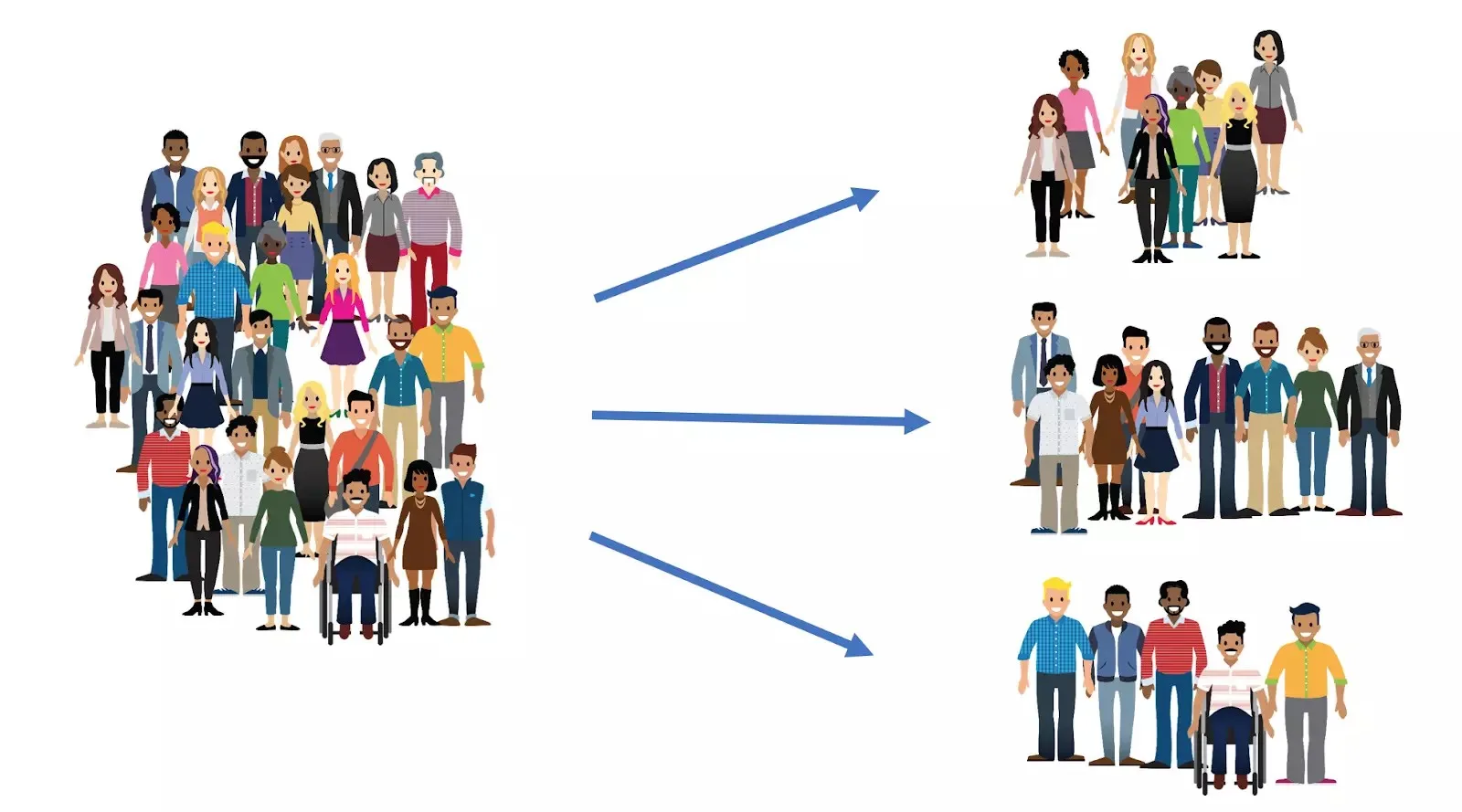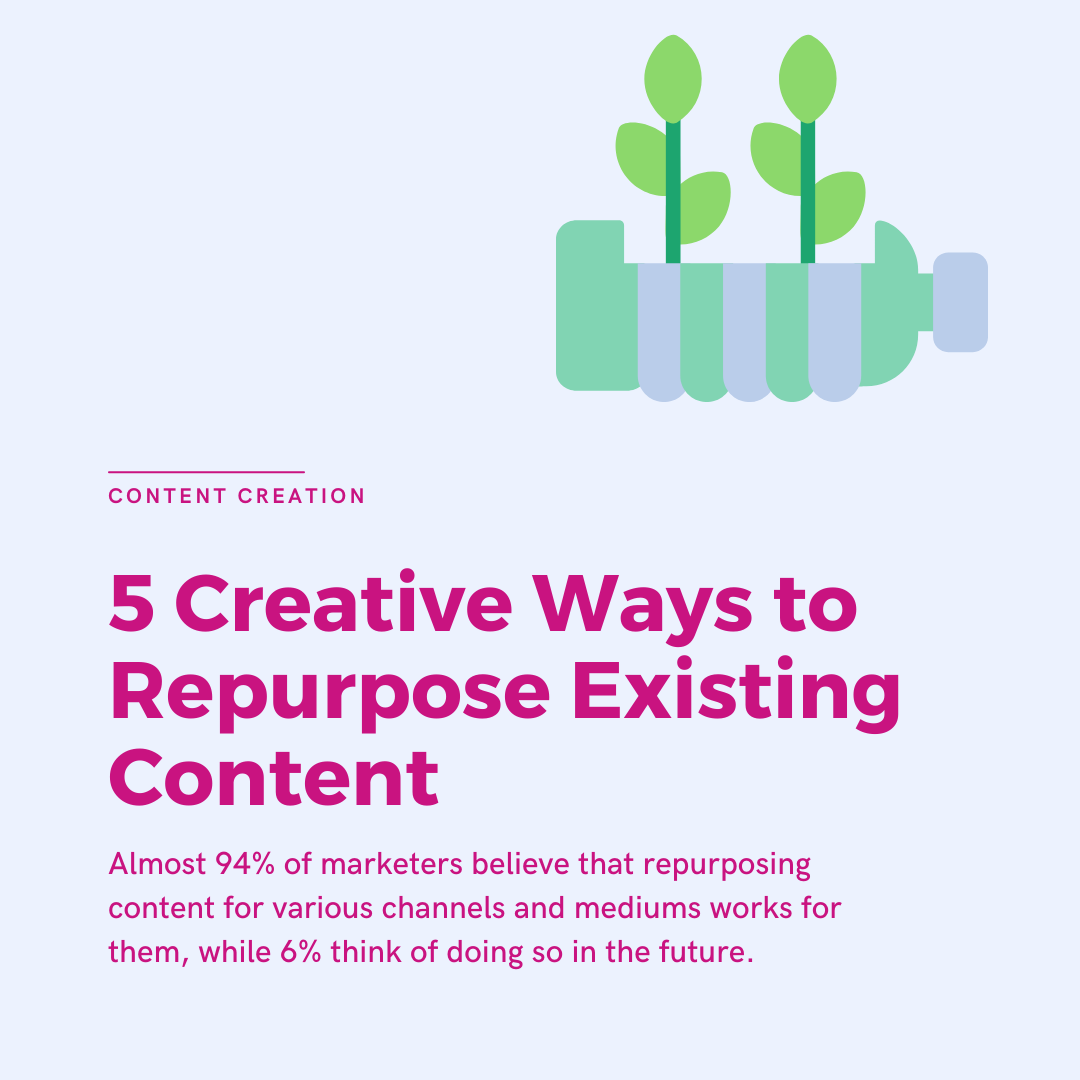
Targeted advertising is a type of marketing that centers on identifying and appealing to a consumer’s distinct characteristics, hobbies, and choices. Advertisers find out this data about the consumers by monitoring their online behavior. With advanced technology and tools getting better everyday, targeted marketing has been very successful in recent years with the help of […]

Targeted advertising is a type of marketing that centers on identifying and appealing to a consumer’s distinct characteristics, hobbies, and choices.
Advertisers find out this data about the consumers by monitoring their online behavior.
With advanced technology and tools getting better everyday, targeted marketing has been very successful in recent years with the help of data analysis and other information.
Targeted advertising lets you create specially crafted ads for specific individuals and consumer groups.
With the help of data insights and analysis of data of your audience’s online behavior, you collect information about your target audience. This information tells you about your audience’s interests, needs, and hobbies.
After thoroughly analyzing that information, you can craft ads specifically for an individual you think is interested in your product or services.
An ad which is made for a wide range of audiences or is generic can’t insist your consumers as much as a targeted ad can.
Companies can tailor their ads to meet their customers’ needs and preferences, according to their likes and dislikes, and connect better with their target audience.
Also See: Ad Creative Best Practices: Guide To Create Mind-Blowing Ads
Here are the finest strategies to follow for targeted advertising in 2024:

You cannot categorize all your potential customers in a single large group. You must become more detailed and categorize them into separate sections according to different criteria.
Take into account age, gender, location, hobbies, and past buying habits. Familiarize yourself with the requirements, challenges, and choices of each subset in your desired audience.
This high level of intricate segmentation allows you to create highly personalized advertising campaigns, content, and customer interactions that connect on a deeper level.
Audience segmentation enables you to communicate with each important persona in a personalized and relevant manner.
You can customize your messages, ideas, and promotions to perfectly match the interests and preferences of that particular group of customers.
Therefore, avoid grouping your audience together as one; take the time to understand them individually and utilize that understanding to drive your future growth.
You can deeply understand your customers’ preferences, behaviors, and online activities through insights available with the help of various data tools.
You can create highly customized advertising campaigns if you have a greater understanding of how your target audience discovers your brand, what content interests them, and what motivates them to make a purchase.
One group can respond more strongly to social media video ads but another can do better when using search engine marketing.
On the other hand, you can notice unexpected patterns in their online activity or previous purchases that make you reevaluate your messaging and innovative tactics.
You can immediately address the unique requirements and issues of your audience segments by delving into the data to uncover them.
For more advanced systems use Mixpanel or Amplitude. Facebook Ads Manager and Google Analytics can be used to analyze your ads.
Also See: The Ultimate Guide to Data-Driven Marketing

Using retargeting in your marketing strategy is a powerful growth hacking technique that all entrepreneurs should utilize.
You have buyers who have expressed interest in your brand through visiting your website or interacting with your content.
This shows that they are potential customers who are already in the middle of the purchasing process.
You do not want to lose them! Retargeting ads play an important role in this situation.
You can utilize them in order to remain in the forefront of these people’s minds, subtly prompting them about your offerings and encouraging them to make a purchase.
Perhaps they were sidetracked, left their cart behind, or required additional time to make a decision.
Retargeting advertisements permit you to reconnect with individuals, handle any remaining inquiries or concerns they might have, and direct them towards making a purchase.
Retargeting is advantageous because it helps target individuals who have already shown interest in your products or services, concentrating your advertising efforts effectively.
You are not wasting time and money on a cold audience; instead, you are investing in leads that are likelier to become paying customers.

Lookalike audiences provide a quick way to discover potential customers who are prepared and eager to become fans of your brand.
Utilize data to pinpoint individuals who demonstrate characteristics and actions similar to those of your existing customer base.
There are probably a lot of people who look and behave like your loyal, engaged customers if you have a solid base of them.
By concentrating on the lookalike audiences, you can reach a new demographic of buyers who are more likely to be interested in your brand and its offerings.
You have the option to target your ads towards individuals who are similar to your customers rather than sending your ads to a wide audience with different kinds of pain points.
They will relate to your messaging, products, and brand more because they have comparable online habits, pain points, and hobbies.
Also See: Facebook Advertising Guide To Create Inspiring & Dynamic Facebook Ads
Contextual targeting involves reaching your customers in the locations they are already present.
It’s about being in the right place at the right time, seamlessly embedding your brand and offerings into the digital environments they already know and like.
For example, if you are a fitness brand, why waste time and money trying to reach people on random websites when you could be showing up on the health and wellness blogs they are already reading religiously?
If you are selling outdoor equipment, you should advertise on adventure travel sites and hiking forums where your target audience already spends their time.
Contextual targeting matches your ads with websites, apps, and social media pages that are relevant to your products or services.
You are instantly tapping into a captive, primed audience.
They are already in the right mindset, engaging with content that aligns with your brand, so when your ad pops up, it feels organic, useful, and welcome rather than an unwanted interruption.
Get creative and integrate your brand into the content and experiences your customers are seeking out.
Sponsor a popular podcast, create custom influencer content, or launch an owned media property of your own.
The opportunities are endless when you know exactly where your people are spending their time.

Instead of sending your ads out to a wide variety of audiences, target the specific geographic regions with higher conversion rates.
For individuals who own a physical store or are engaging in a local marketing strategy, targeting specific users based on their geographical location can make a significant impact.
You have the ability to target individuals in your cities or neighborhoods with personalized ads and promotions that cater to their distinct needs, interests, and shopping habits.
For example, if you own a yoga studio in San Francisco and aim to connect with health-conscious millennials in the Mission District, or if you are launching a new cafe in downtown Seattle and want to attract attention from the local commuter population.
Geo-targeting gives you the power to do that with precision, meeting your customers where they are.
Provide various website experiences, exclusive promotions, or tailored content depending on the user’s city, state, or ZIP code.
The better you can customize your marketing to suit your audience’s particular area and situation, the higher the chances they will take notice.
These days, your potential customers access content and interact with brands across different devices, from their smartphones and tablets to their desktops.
Make sure your ads and digital experiences are firing on all those devices, no matter which screen your audience happens to be staring at.
That means optimizing your creativity, copy, and user flows to deliver a seamless, high-quality experience.
Nothing kills momentum faster than a hard-to-navigate ad that falls flat on certain devices.
Understand each platform’s unique context and behaviors, and then leverage that knowledge to deliver hyper-relevant, personalized messaging.
You should keep your ad concise and thumb-friendly for mobile; you can get more expansive with your desktop ads.
Also See: Best Media Buying and Planning Tools For 2024
Behavioral targeting allows brands to hone in on their desired audience with laser-like precision. For example, an eco-friendly fashion brand.
By utilizing information about their desired customers’ online activities, they can pinpoint individuals who have shown a preference for sustainable living, ethical consumption, and environmentally-friendly products.
With this valuable information, the company can then develop customized marketing strategies aimed at the preferences and needs of these individuals.
Instead of showing regular ads, they can showcase their latest line of environmentally-friendly cotton t-shirts to people who have visited websites supporting sustainability.
The level of personalization enhances the brand’s marketing campaigns.
Businesses can ensure their marketing matches the audience better by obtaining a deep understanding of their target audience’s online behaviors. This results in increased participation.
Successful marketing strategies depend on customized messaging because it allows businesses to modify their messaging to the specific tastes and needs of the target audience.
For example, you own a subscription-based food delivery business. You can develop ads that accommodate different customers’ dietary requirements and lifestyle choices by utilizing personalized messaging.
A vegetarian consumer could receive an ad for a plant-based meal, while a fitness enthusiast could receive one for a high-protein meal plan.
Also See: Digital Marketing Checklist For New Businesses
A/B testing is a powerful method utilized in targeted advertising to identify the most effective ad versions for a specific target audience.
This process includes creating some variations of an advertisement, testing them in a structured manner to determine the most effective option, and then assessing the outcomes.
When running an ad campaign for a new product, you need to create two variations of the advertisement, named version A and version B.
They can include different calls to action, headlines, graphics, and other components.
You would subsequently display these two ad variations to comparable segments of your desired demographic.

By carefully monitoring and evaluating results like click-through rates, conversions, and other important metrics, you can identify which version is better at grabbing people’s attention and prompting the desired actions.
A/B testing can be utilized throughout different points in the marketing funnel, from introducing awareness advertisements to running remarketing campaigns aimed at previous site visitors.
Also See: What is Remarketing? Complete Guide to Google Ads Remarketing
Businesses that coordinate their marketing strategies across multiple platforms, such as search engines like Google, email, social media and mobile apps, can provide their customers with a unified brand experience.
Ensuring that messaging and branding elements remain consistent on all platforms helps to provide consumers with a cohesive, on-brand image no matter where they come across the business.
Utilizing the advantages and skills of each platform via cross-channel integration is just as crucial for businesses, as it allows them to allocate their advertising budget more wisely and improves exposure and engagement with different target market segments.
Adopting a comprehensive, data-driven approach to marketing initiatives allows astute businesses to dramatically increase campaign efficacy and return on investment.
They can plan a multidimensional experience that engages their audience more deeply than dividing their efforts across different channels.
By monitoring the real-time impact of your advertising efforts, you can collect important information and understand how your ads are performing on different channels and platforms.
This includes tracking important measurements such as cost per customer acquisition, ROI, conversion rates, and click-through rates.
With this information available to you, you can determine the ads that best connect with your desired audience, the channels that generate the most interaction, and areas that need to be modified to enhance results.
For example, some advertisements can have higher click-through rates, so you can try out various ad designs or messaging to see if it boosts interaction.
Alternatively, if the cost of acquiring customers is excessive on a specific platform, you can shift funds to more affordable channels that deliver superior outcomes.
Utilizing data-driven insights for continuous optimization enables you to adjust your targeting, messaging, and budget allocation as needed to align your advertising strategy with your business goals and objectives.
Also See: What Are Custom Affinity Audiences (Audience Segments) in Google Ads?
In recent years, the world of targeted advertising has experienced a significant change, and 2024 is no different.
Currently, businesses can utilize advanced data analytics and technological tools to accurately target their desired audience.
By dividing their target market using specific demographics, behaviors, and preferences, businesses can provide customized ad experiences that resonate with customers.
This high level of hyper-targeting allows them to bypass distractions and engage with their perfect customers in a more effective and significant manner.
Businesses must adopt these advanced targeting strategies to remain competitive in today’s advertising landscape.
It not only helps them reach their marketing goals more efficiently, but also delivers significantly improved outcomes in terms of engagement, conversions, and overall return on investment.


